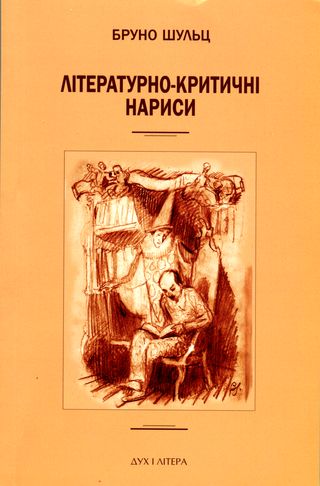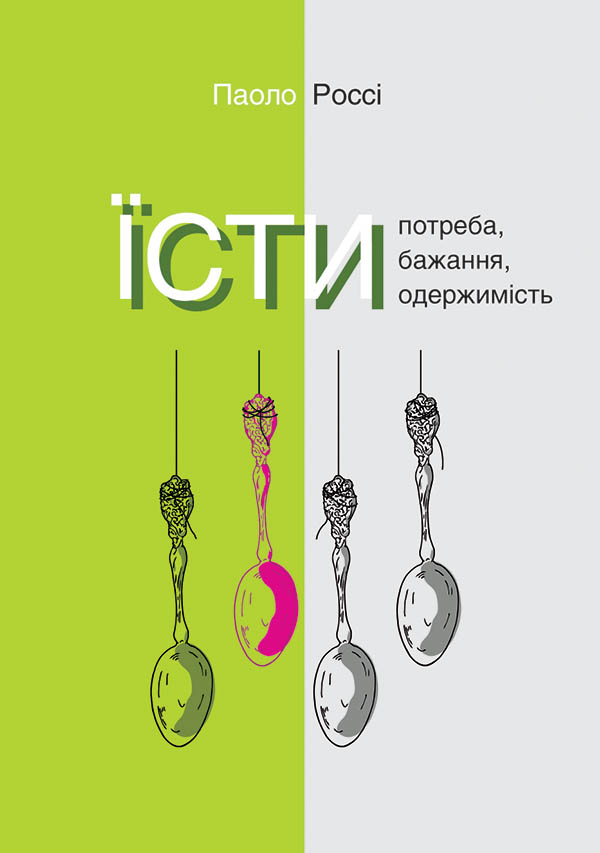Емі Чуа - Три сили. Як виховують в успішних спільнотах
Шрифт:
Інтервал:
Добавити в закладку:
756 Див. “Asian Group Critical of Test Policy”, Crain’s Insider, Oct. 4, 2012 («Американці азійського походження — це 72% учнів у Стайвесанті і 64% — у Бронкс-саєнс»).
757 Beth Fertig, “Around Sunset Park, Tutoring Is Key to Top High Schools”, WNYC SchoolBook, Mar. 12, 2013, http://www.schoolbook.org/2013/03/12/around-sunset-park-tutoring-is-key-to-top-high-schools.
758 Див. Richard D. Alba and Victor Nee, Remaking the American Mainstream: Assimilation and Contemporary Immigration (Cambridge, MA: Harvard University Press, 2003), pp. 174–5, 203–4, 209; Nancy Foner,From Ellis Island to JFK: New York’s Two Great Waves of Immigration (New Haven, CT and London: Yale University Press, 2000), p. 163; Haskins, “Immigration: Wages, Education, and Mobility”, p. 82.
759 Alba and Nee, Remaking the American Mainstream, p. 187; Pew Research Center, Second-Generation Americans, p. 35. («Іммігранти приїжджають з робочою візою частіше з Азії, ніж з інших регіонів»).
760 Thomas L. Friedman, The World Is Flat: A Brief History of the Twenty-First Century (New York: Farrar, Straus & Giroux, 2005), p. 127; David Lague, “1977 Exam Opened Escape Route Into China’s Elite”, New York Times, Jan. 6, 2008.
761 Fertig, “Around Sunset Park”.
762 У 2010 році 54% легальних іммігрантів з материкового Китаю та Гонконгу отримали дозвіл на проживання за родинними критеріями. Kristen McCabe, “Chinese Immigrants in the United States”, Migration Information Source, January, 2012, http://migrationinformation.org/USFocus/display.cfm?ID=876#9.
763 Rumbaut, “Paradise Shift”, p. 12; Rumbaut, “The Coming of the Second Generation”, p. 208; див. також Renee Reichl Luthra & Roger Waldinger, “Intergenerational Mobility”, in David Card & Steve Raphael eds., Immigration, Poverty, and Socioeconomic Inequality (New York: Russell Sage Foundation, 2014), pp. 169, 192, 196 (китайці другого покоління виявляють висхідну мобільність в освіті та працевлаштуванні «незалежно від освіченості батьків»); Jennifer Lee and Min Zhou, “Frames of Achievement and Opportunity Horizons”, in David Card & Steve Raphael eds., Immigration, Poverty, and Socioeconomic Inequality (New York: Russell Sage Foundation, 2014), pp. 207, 209–11, 216, 221.
764 James R. Flynn, Asian Americans: Achievement Beyond IQ (Hillsdale, NJ: Lawrence Erlbaum Associates, 1991), p. 77. Річард Лінн стверджує, що виявив, ніби у китайців IQ вищий, ніж у білих. Однак сам Лінн говорить, що середній IQ східних азійців, які живуть у Північній Америці, 103, і за цим показником вони майже не відрізняються від білих американців. Переконливіше твердження Лінна полягає в тому, що середній IQ китайців в Азії суттєво вищий, ніж у середньостатистичного білого американця (110 порівняно зі 101–102). Однак міжнародні порівняння IQ надзвичайно проблематичні, і навіть Чарлз Мюррей та Річард Геррштайн, прибічники показника IQ, визнають, що отриманий Лінном показник 110 не враховує деяких значущих коректив, пов’язаних із часовими зсувами. Коли «було внесено ці корективи», Ліннові дані знову показали, що середній IQ китайців становить 103. Richard J. Herrnstein and Charles Murray, The Bell Curve: Intelligence and Class Structure in American Life (New York: The Free Press, 1994), pp. 272–73 (цитата із Richard Lynn, “Race Di.erences in Intelligence: A Global Perspective”, Mankind Quarterly 31 (1991), pp. 254–96). Виправляючи інформацію Лінна щодо американців китайського походження, Флінн виявив, що їхній середній IQ трохи нижчий, ніж у білих американців. Flynn,Asian Americans, p.1. Найновіший показник рівня IQ для китайців (в Азії), за Лінном, 105,8%. Richard Lynn and Tatu Vanhanen, Intelligence: A Unifying Construct for the Social Sciences (London: Ulster Institute for Social Research, 2012), p. 53.
765 Richard E. Nisbett, Intelligence and How to Get It: Why Schools and Culture Count (New York: W. W. Norton & Co., 2009), p. 157;Roy F. Baumeister, John Tierney, Willpower: Rediscovering the Greatest Human Strength (New York: Penguin Press, 2011), p. 195.
766 LaurenceSteinberg, Beyond the Classroom: Why School Reform Has Failed and What Parents Need to Do (New York: Simon & Schuster, 1996), p. 87.
767 Fertig, “Around Sunset Part”; див. також Nisbett,Intelligence and How to Get It, p. 158 («Досягнення азійців та американців азійського походження — не загадка, а результат важкої праці»).
768 Al Baker, “Charges of Bias in Admission Test at Eight Elite Public High Schools”, New York Times, Sept. 27, 2012; Kyle Spencer, “For Asians, School Tests are Vital Steppingstones”, New York Times, Oct. 26, 2012.
769 Fertig, “Around Sunset Part”.
770 Spencer, “For Asians, School Tests Are Vital Steppingstones”.
771 Ibid.
772 Офіційне визначення регіональної комісії Аппалачії див. http://www.appalachiancommunityfund.org/html/wherewefund.html.
773 Roger Catlin, “What’s On Tonight: Diane Sawyer in Appalachia; ‘Dollhouse’”, Hartford Courant, Courant.com, Feb. 13, 2009, http://blogs.courant.com/roger_catlin_tv_eye/2009/02/whats-on-tonight-diane-sawyer.html.
774 “Does Diane Sawyer Get Appalachia?” The Revivalist, Apr. 1, 2010, http://therevivalist.info/does-diane-sawyer-get-appalachia.
775 Див., наприклад, Anthony Harkins, Hillbilly: A Cultural History of an American Icon (New York: Oxford University Press, 2004), pp. 6–7; Kai T. Erikson, Everything in Its Path: Destruction of Community in the Bu.alo Creek Flood (New York: Simon & Schuster, 1976), pp. 84–9; Silas House and Jason Howard, Something’s Rising: Appalachians Fighting Mountaintop Removal (Lexington: University Press of Kentucky, 2009), pp. 1, 59, 133–5; John O’Brien, At Home in the Heart of Appalachia (New York: Alfred A. Knopf, 2001), pp. 3–5.
776 Harkins, Hillbilly, p. 4.
777 Zhiwei Zhang, et al., An Analysis of Mental Health and Substance Abuse Disparities and Access to Treatment Services in the Appalachian Region (Appalachian Regional Commission and the National Opinion Research Center: August 2008), p. 2.
778 Appalachian Regional Commission, Economic Overview of Appalachia–2011, http://www.arc.gov/images/appregion/Sept2011/EconomicOverviewSept2011. pdf.
779 Sharon A. Denham and Ann Rathbun, “Appalachia: An Overview of Health Concerns and Health Literacy” (Appalachia Rural Health Institute, January 2005), http://www.oucom.ohiou.edu/arhi/presentations/appalachia_overview.pdf
780 U.S. Census Bureau, “Small Area Poverty and Income Estimates” (2010 U.S. and all States and Counties data . le),http://www.census.gov/did/www/saipe/data/ statecounty/data/2010.html; Appalachian Regional Commission, “Counties in Appalachia”, http://www.arc.gov/counties; див. також Housing Assistance Council, “Central Appalachia”, http://www.ruralhome.org/storage/documents/ appalov.pdf, p. 58 («У понад 43% округів центральної Аппалачії рівень бідності у 1960, 1970,
Увага!
Сайт зберігає кукі вашого браузера. Ви зможете в будь-який момент зробити закладку та продовжити читання книги «Три сили. Як виховують в успішних спільнотах», після закриття браузера.


















